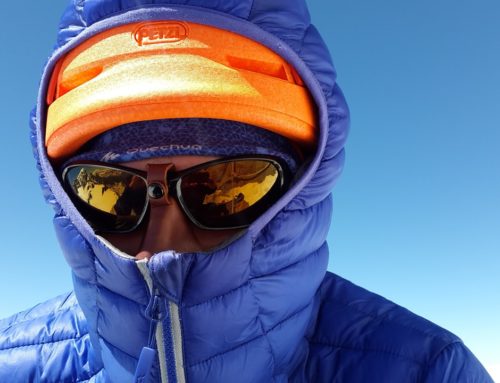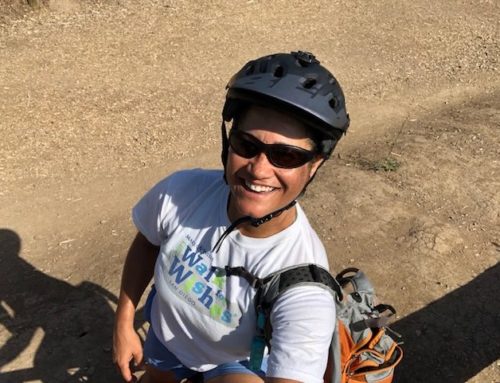Stretching – Don’t Skip It
 Most people already recognize the importance of cardio exercise and resistance training. That’s probably because they are health conscious already. But even the people that workout on a regular basis often skip stretching. And that’s probably because they don’t see the payoff like they do with exercise. It’s one of those things that people put off until it’s too late. And by that time, the damage has already been done. This is part 3 of the series the Beginner’s Fitness Map.
Most people already recognize the importance of cardio exercise and resistance training. That’s probably because they are health conscious already. But even the people that workout on a regular basis often skip stretching. And that’s probably because they don’t see the payoff like they do with exercise. It’s one of those things that people put off until it’s too late. And by that time, the damage has already been done. This is part 3 of the series the Beginner’s Fitness Map.
People lose flexibility over time if they skip stretching after exercising. When we are young, we can often get away with skipping warm-ups and maybe even stretching. But as we age, our muscles become less elastic and more prone to injury. Plus resistance training puts microscopic tears in the muscle at the cellular level so that they rebuild stronger than before. But along with the positives can come negatives if you don’t stretch. One negative is that your muscles will shorter over time making them more susceptible to strain and even tearing.
People frequently ask me if it’s important to stretch at the beginner of a workout or at the end? The answer to that depends on your past history as well as genetics. While I am a strong believer in always stretching at the end, I don’t think it is necessary to stretch at the beginning. However, if you’ve suffered a previous injury or you are excessively tight in certain areas, a warm-up is probably necessity before and after.

Calf Stretch
Another point I want to mention is stretching cold, meaning stretching before you’ve warmed up. It is really a waste of time since the tissue is stiff when cold, much like a piece of rubber just out of the freezer. Now imagine a piece that was left lying in the sun. So stretch at the end of every workout and it’s optional if you choose to stretch at the beginner too. But if you do decide to stretch at the beginning, it is mandatory you do it AFTER your warm-up.
So now that you understand WHY you should stretch and WHEN you need to do it, let’s talk about the WHAT and HOW. In the first post of this series I mentioned that you may remember some stretches from your days of playing sports. But the main thing here to remember is that you need to do a stretch for each muscle that you worked. And that goes for the stretches you may or may not decide to do before the workout.
For example, if you are going running, you should stretch your hamstrings (back of upper leg), quadriceps (front of upper leg), and calves at the bare minimum. In addition, it’s a good idea to also stretch your adductors (inner thighs) and abductors (outer thighs). If you’re an advanced exerciser and you’re working your back and biceps only, then you need to do back stretches and biceps stretches. I’m sure you get the idea.
Be sure to check back next week for the last in this series when I delve deeper into the specifics of resistance training. You will also learn examples that expand on last week’s basic resistance concepts. Remember to live life to the optimum!
Melissa
OptimumCondition.com
(619) 252-4993
Empowering people through fitness, education, and coaching





